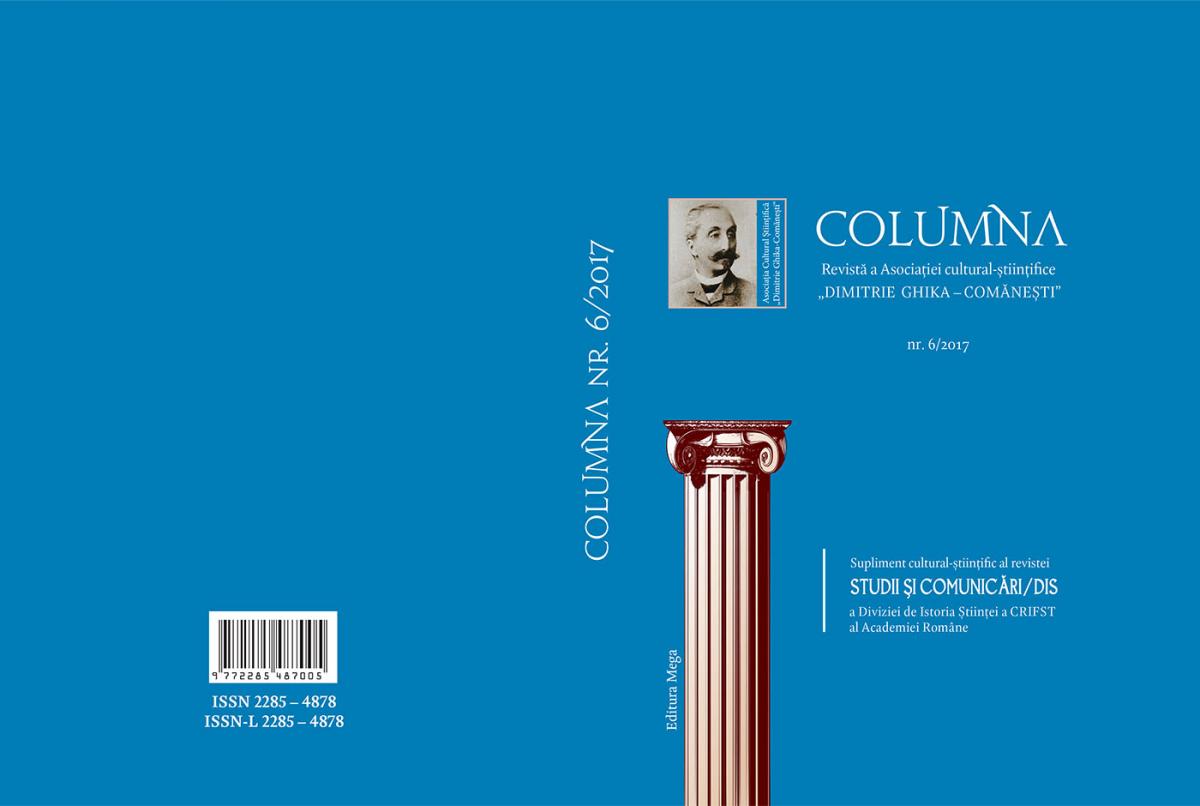Ştefania Mărăcineanu – o descoperire cât un Nobel
Stefania Maracineanu – a breakthrough as a Nobel
Author(s): Maria AntonSubject(s): Scientific Life
Published by: Asociația Cultural Științifică „Dimitrie Ghika-Comănești”
Keywords: radioactivity; research; investigation; knowledge;
Summary/Abstract: „I have great esteem for the work that Ștefania Mărăcineanu has accomplished. In particular, she has acquired a perfect knowledge of precise electrometric measurements.” Less is known about her personal life, only that she had an unhappy childhood. Mărăcineanu received her degree in physical and chemical sciences in 1910, going on to teach at the Central School for Girls in Bucharest. She then traveled to Paris to do research at the Radium Institute with Marie Curie from around 1919 until 1926, where she also received her doctorate in 1924. At the Radium Institute, Mărăcineanu researched the half-life of polonium and devised methods of measuring alpha decay. This work led her to believe that radioactive isotopes could be formed from atoms as a result of exposure to polonium’s alpha rays; an observation which would lead to the Joliot Curies’ 1935 Nobel Prize. She also investigated the possibility of sunlight inducing radioactivity; work which was contested by other researchers. Mărăcineanu went on to work at the Paris Observatory until 1930, after which she returned to Romania and performed experiments investigating the link between radioactivity and rainfall, and rainfall with earthquakes. She died in 1944, though the exact date and reason are unknown. She claimed, with the help of Romanian Science Academy that she discovered the artificial radioactivity and she deserved to share the Nobel Prize with Irene Curie, thus leading to isolation from the foreign science world.
Journal: COLUMNA
- Issue Year: 2017
- Issue No: 6
- Page Range: 535-540
- Page Count: 6
- Language: Romanian

